If one does not understand the usefulness of the useless and the uselessness of the useful, one cannot understand art

If one does not understand the usefulness of the useless and the uselessness of the useful, one cannot understand art
Eugene Ionesco, a prominent figure in the Theatre of the Absurd movement, was known for his unconventional and thought-provoking approach to art. His plays often challenged traditional notions of logic, language, and meaning, pushing audiences to question the very nature of existence. In this context, the quote “If one does not understand the usefulness of the useless and the uselessness of the useful, one cannot understand art” takes on a deeper significance.Ionesco’s work often explored the absurdity of human existence and the futility of trying to find meaning in a chaotic and nonsensical world. In his plays, characters often find themselves trapped in situations that are both absurd and meaningless, highlighting the inherent contradictions and paradoxes of life. By blurring the lines between the useful and the useless, Ionesco forces audiences to confront their own preconceived notions of value and purpose.
In Ionesco’s world, the useless becomes useful in its ability to challenge and disrupt the status quo. By defying conventional logic and expectations, the useless opens up new possibilities for creativity and innovation. In this sense, art itself can be seen as a form of uselessness that serves a higher purpose – to provoke thought, inspire emotion, and challenge the boundaries of what is considered valuable or meaningful.
At the same time, the useful can be rendered useless in the face of absurdity and chaos. Ionesco’s plays often subvert traditional narratives and structures, exposing the limitations of rational thought and linear reasoning. By highlighting the uselessness of the useful, Ionesco invites audiences to question the very foundations of their beliefs and assumptions, opening up new avenues for exploration and discovery.
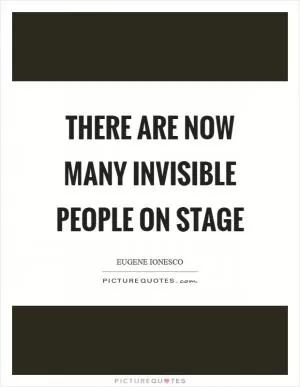

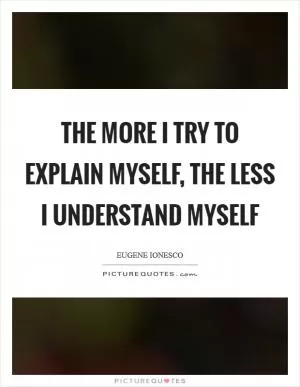



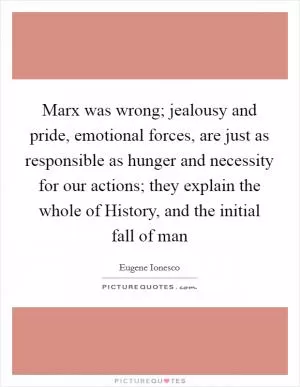

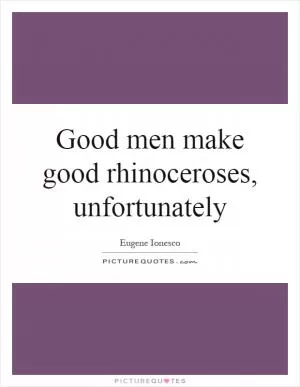
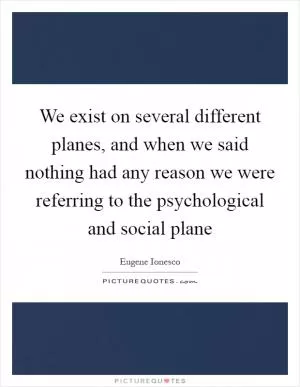
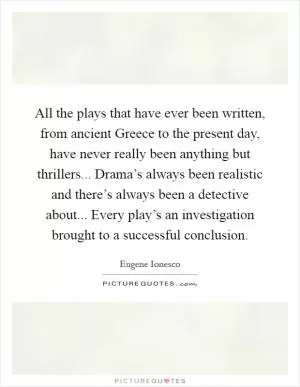
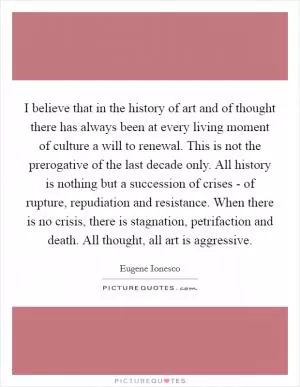
 Friendship Quotes
Friendship Quotes Love Quotes
Love Quotes Life Quotes
Life Quotes Funny Quotes
Funny Quotes Motivational Quotes
Motivational Quotes Inspirational Quotes
Inspirational Quotes